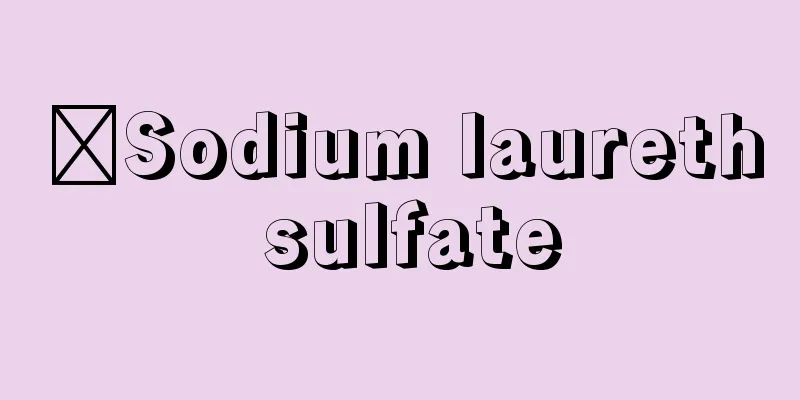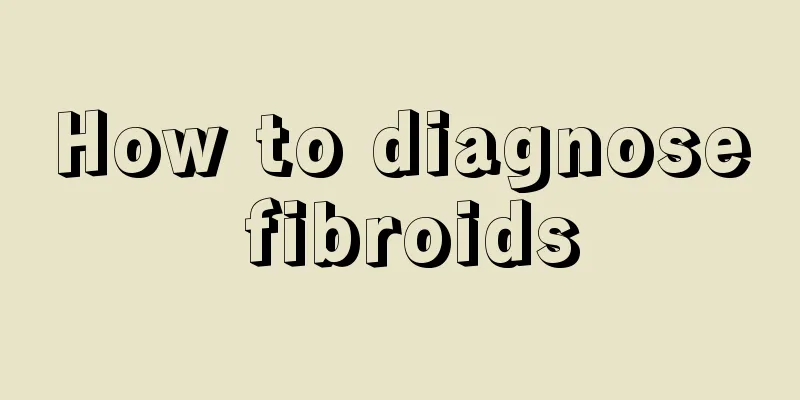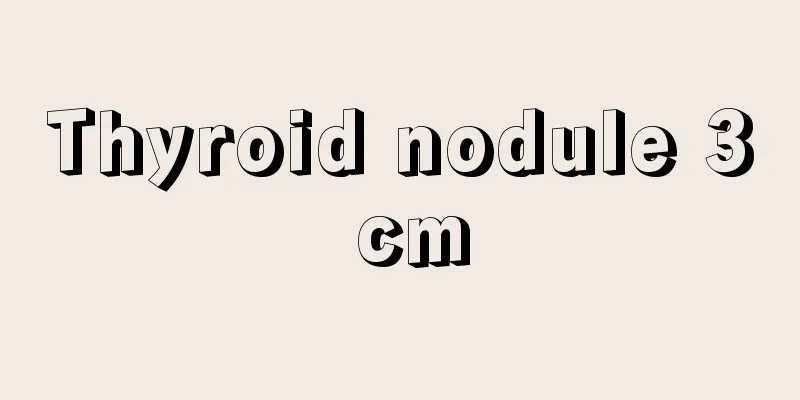Sodium laureth sulfate

|
When it comes to sodium laureth sulfate, most people are very confused, but if you have carefully looked at the detergents and shampoos in your home, you will find that this is one of the substances. It is widely used in daily necessities and is also widely used in industries such as textiles and petroleum. So today I’d like to introduce to you this substance, sodium laureth sulfate. First, basic information. Sodium laureth sulfate Sodium laureth sulfate, English abbreviation: AES, is a white or light yellow gel paste or colorless or light yellow liquid. It is commonly used in daily chemical industries such as liquid detergent, table detergent, shampoo, bath detergent, etc. It is also used in textile, papermaking, leather, machinery, oil extraction and other industries. National Standard: GB/T 13529-2003 Classification: High concentration product: Type 70. Low concentration product: 28 type. Appearance: Type 70: White or light yellow gel paste at 25°C. Type 28: Colorless or light yellow liquid at 25°C. Odor: No unusual odor. Performance: Easily soluble in water, with excellent cleaning, emulsification, foaming and hard water resistance properties, and good biodegradability. Second use. Widely used in daily chemical, textile, petroleum, leather, printing and dyeing and other industries. Used for washing, emulsifying, wetting, dyeing, diffusion, etc. It has excellent biodegradability and low temperature performance, a high content of active matter, and is not affected by water hardness. Especially as a detergent raw material, it is not only suitable for various powdered detergent products, but also suitable for various detergents, such as laundry creams (agents) of various models and uses, detergents, dry cleaning agents, cleaning agents, removers, laundry creams, shampoos (lotions) and various shampoos, etc. The third hazard. At concentrations below 0.5%, these chemicals aren't noticeably harmful, but above that, they can dry out your skin. Many detergents with good foaming effects have far exceeded the 0.5% standard. So how do they harm your health? First, they destroy the natural oils that protect the skin's surface, and then they damage the skin's proteins, including collagen, causing skin sensitivity. Pollutants in our living environment can easily enter the inner layer of the skin and cause other skin problems. Shampoo containing this ingredient can also easily cause dandruff and itchy scalp. As the requirements for detergents in mainland China catch up with the standards of industrialized and emerging market countries, we can also see ingredient details in detergents that we have never seen in the past. |
<<: Is calcium sulfate a precipitate?
>>: Is magnesium sulfate a precipitate?
Recommend
How long can patients with advanced esophageal cancer live after surgery? There are many factors that determine this.
It is not certain how long patients with advanced...
How to provide care for patients with small cell lung cancer
How should patients with small cell lung cancer d...
How to take care of lung cancer? Lung cancer patients need to do five nursing tasks
Choose one or a few of your most trusted friends ...
What are the methods for prostate cancer examination
Prostate cancer is a very scary disease. It is al...
What are the symptoms of lung cancer patients? General knowledge about lung cancer
The early symptoms of lung cancer are not obvious...
It turns out there are 5 early symptoms of respiratory failure
Respiratory failure is a common disease in daily ...
How to treat shoulder muscle strain symptoms
Suffering from shoulder muscle strain has a parti...
We need to know more about the treatment of colorectal cancer
As a common tumor disease, colorectal cancer can ...
What are the functions of mouthwash?
Mouthwash is not unfamiliar to everyone and many ...
Hawthorn weight loss method, teach you how to use hawthorn to lose weight
Eating hawthorn can help you lose weight, but the...
Preventing wisdom tooth inflammation
Wisdom teeth are also known as wisdom teeth, main...
What is the reason for dry throat and phlegm
Dry throat and excessive phlegm may be caused by ...
A lot of blood was shed the first time
When girls have sex for the first time, they usua...
What is herpes
Both herpes simplex and genital herpes can cause ...
Washing your hair with beer is really good
Beer is called liquid bread. It is rich in nutrie...









